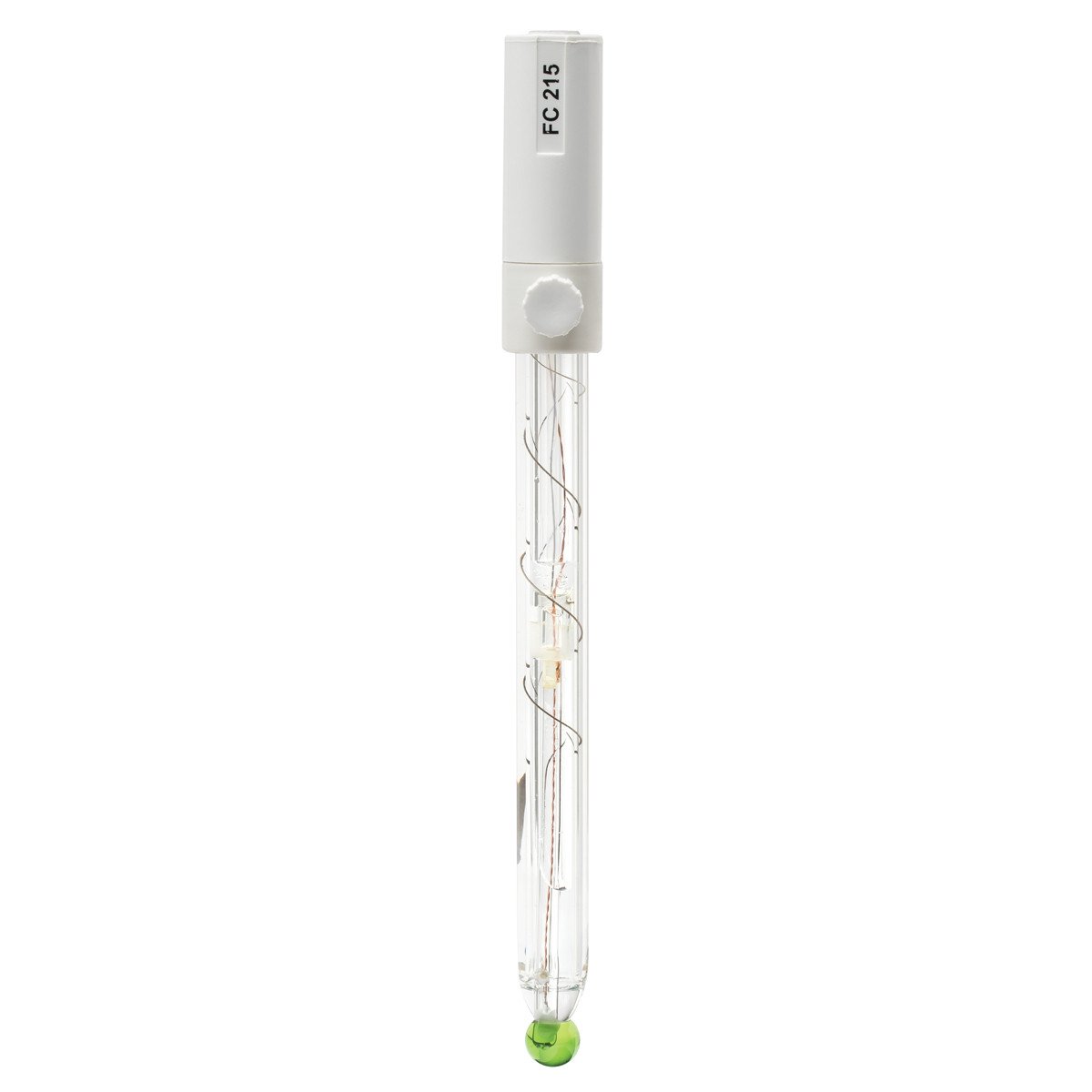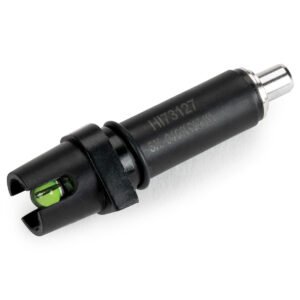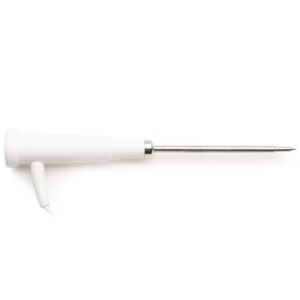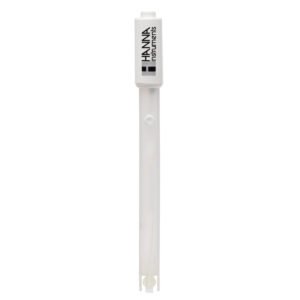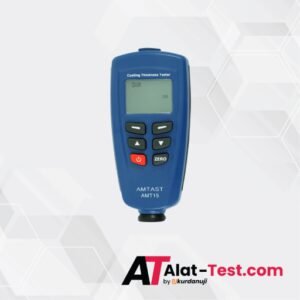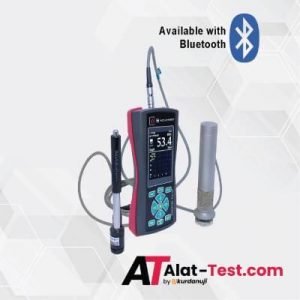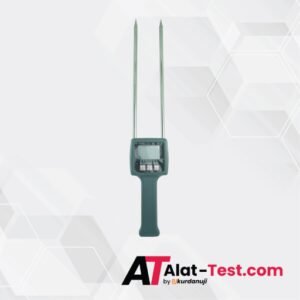Hanna Instruments offers a wide variety of pH electrodes that are designed for many different applications. The type of glass used for sensing pH, bulb shape, body material, type of junction, type of reference and electrolyte used are just some of the design considerations.
The FC215D uses low temperature (LT) glass, spherical bulb, glass body, triple ceramic junction and is refillable with 3.5M KCl + AgCl.
Low Temperature Glass Formulation
The pH measurement of solutions at low temperatures can be difficult due to the effect that temperature has on the resistance of the glass membrane. A standard pH electrode uses general purpose (GP) glass and has a resistance of 100 megaohms at 25°C. This resistance will increase as the temperature decreases. If the resistance increase above an optimum range then the measurement will be affected. Some pH electrodes use low temperature (LT) glass for the pH-sensitive glass membrane. The resistance of LT glass is around 50 megaohms at 25°C. As the temperature of the glass decreases, the resistance of the LT glass approaches the resistance of GP glass. The FC215D is made with LT glass and is suitable to use with samples that measure from 0 to 70°C.
Spherical Bulb
The spherical bulb is for general purpose use. Other tip shapes include conic for penetration and flat tip for surface measurements.
Glass Body
The glass body is ideal for laboratory use. The glass is resistant to many harsh chemicals and is easily cleaned. The glass body also allows for a fast transfer of heat to the internal reference electrolyte. The mV generated by the reference cell is temperature-dependent. The faster the equilibrium the steadier the reference potential.
Triple Ceramic Junction
The triple ceramic junction allows a faster flow rate of electrolyte from the reference cell into the solution. A standard pH electrode will use a single ceramic junction that allows for 15 to 20 µL/hour of electrolyte to flow; the FC215D has three ceramic junctions, providing for 40 to 50 µL/hour of electrolyte to flow. This high flow rate provides faster electrode response and more stable measurement in samples that are low in conductivity, such as drinking water.
Refillable
The FC215D is a refillable probe. It is a single-junction pH electrode and uses the HI7071 3.5M KCl + AgCl electrolyte fill solution. If using a refillable pH electrode, the fill cap should be loosened/removed prior to calibration and measurement. Loosening/removing the cap creates positive head pressure in the reference cell increasing the flow rate of electrolyte through the outer junction. A higher flow rate will result in a faster and more stable reading.
DIN Connector
The FC215D uses a DIN connector. This type of connector is proprietary to the meter they are to be used with. The FC215D is the replacement electrode for the HI99192. Other types of connectors include BNC, screw type, T-type, and 3.5mm.
| Specification Name | Detail |
|---|---|
| SKU | FC215D |
| Reference | single, Ag/AgCl |
| Junction / Flow Rate | ceramic, triple / 40 – 50 µL/h |
| Electrolyte | 3.5M KCl + AgCl |
| Max Pressure | 0.1 bar |
| Range | pH: 0 to 12 |
| Recommended Operating Temperature | 0 to 70°C (32 to 158°F) – LT |
| Tip / Shape | spheric (dia: 7.5 mm) |
| Diameter | 12 mm |
| Body Length | 120 mm / 175.5 mm |
| Temperature Sensor | yes |
| Matching Pin | no |
| Amplifier | yes |
| Body Material | glass |
| Cable | coaxial; 1 m (3.3’) |
| Recommended Use | low conductivity solutions, potable water |
| Connection | DIN |
